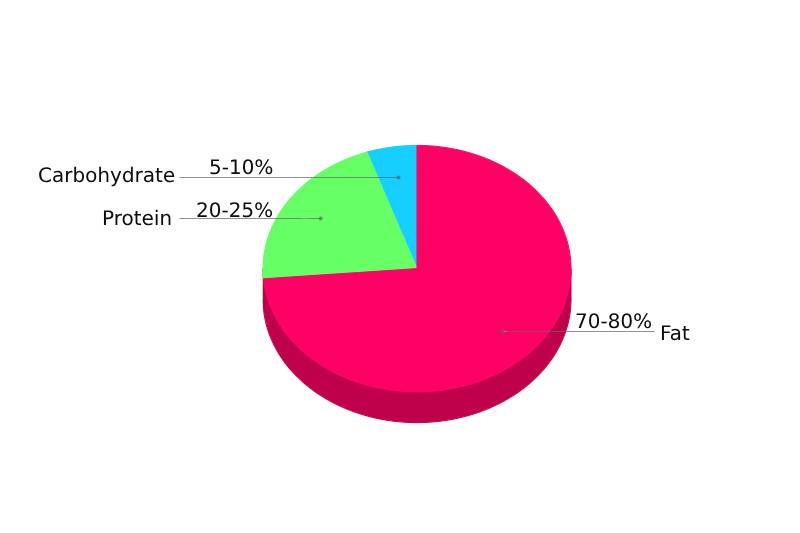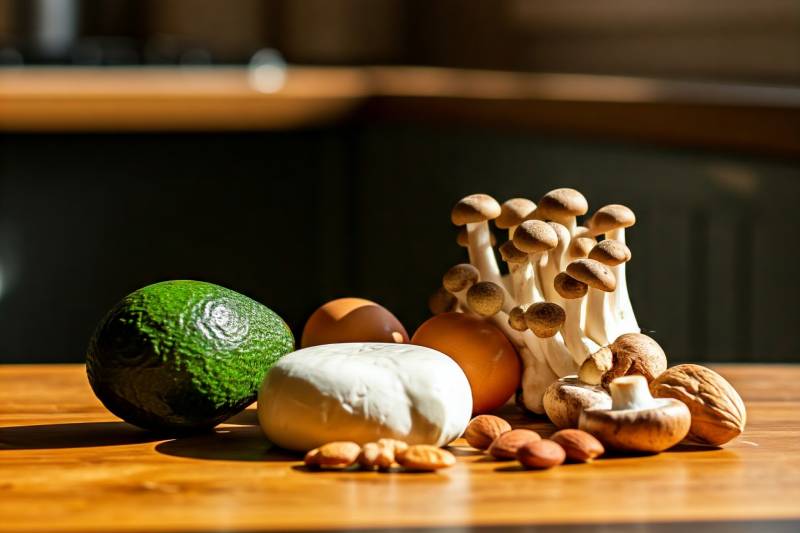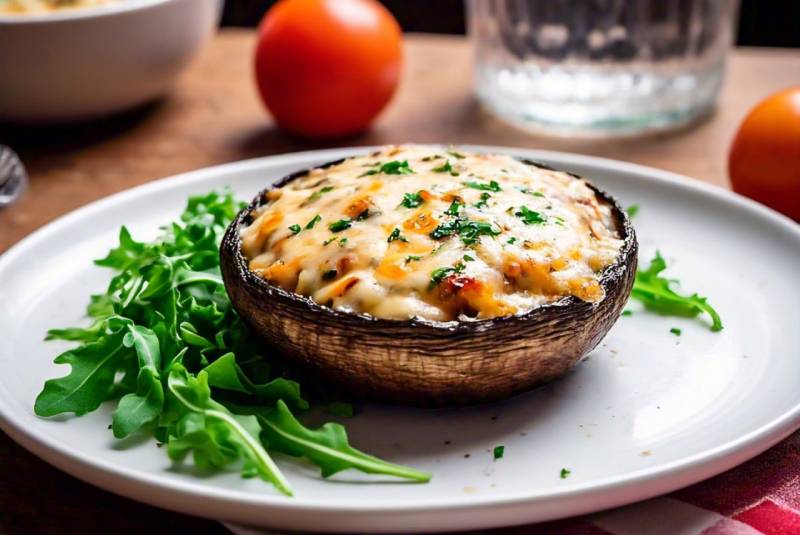What is a Ketogenic Diet: High Fat, Low Carbs
The keto diet, or ketogenic diet, involves consuming a low amount of carbohydrates (5–10% of calories), a high amount of fat (70–80% of calories), and a moderate amount of protein (20–25% of calories) in the diet.

How It Works: Forcing the Body to Burn Fat for Energy
With a traditional diet in which both carbohydrates and fats are present, the body usually prioritizes carbohydrates as the primary energy source since it can quickly break them down into glucose for immediate use.
When carbohydrates are not readily available, as in a keto diet, the body instead uses fats as its fuel by breaking down fatty acids into ketone bodies, which become the main energy source. This metabolic state, called ketosis, typically takes about 2–7 days for the body to fully adapt.
Benefits:
- Weight Loss: One of the most popular effects of a keto diet is weight loss. By cutting carbs and eating more protein and fat, people tend to suppress their appetite, leading to reduced calorie intake and consequently weight loss.
- Blood Sugar Management: The low-carb foods in a keto diet help lower insulin levels and support blood sugar management. After consulting with a doctor, individuals with certain health conditions may find the diet beneficial.
- Enhanced Mental Clarity: Ketone bodies serve as an efficient fuel source to sustain normal brain activity during glucose deprivation, leading to improved cognitive function and mental clarity.
Side Effects:
- “Keto Flu”: Symptoms such as headaches, fatigue, dizziness, and nausea may occur.
- Bad Breath (Keto Breath): Elevated levels of acetone, a ketone body produced during fat breakdown, can cause a metallic smell similar to nail polish remover.
- Vitamin and Mineral Deficiencies: Poorly planned meals can lead to imbalances in essential micronutrients.
- Constipation: A low-carb diet may contribute to constipation due to reduced fiber intake.
- Kidney Stones: In some cases, a high-fat diet may increase the risk of kidney stones.
Keto Foods List

✦Foods to Eat:
Healthy Fats (70-80%)
- Avocado oil
- Olive oil
- Coconut oil
- Sesame oil
- Pumpkin seed oil
- Nuts and seeds
- Fatty fish
- Butter
- Ghee
- Cheese
- Heavy Cream
- Dark Chocolate
Proteins (20–25%)
- Eggs
- Meat
- Poultry
- Fish
- Seafood
- Cheese
- Yogurt
- Tofu
- Tempeh
- Organ Meats
- Protein Powders
Carbohydrates (5–10%)
- Leafy greens
- Broccoli
- Brussels sprouts
- Cauliflower
- Zucchini
- Cucumbers
- Bell peppers
- Asparagus
- Tomatoes
- Avocado
- Mushrooms
- Berries
- Citrus fruit
✦Foods to Avoid:
- Grains
- Starches
- Sugar and
- Sugary foods
- Most fruits (except small portions of berries and citrus)
- Root vegetables
- Legumes and beans
- Processed foods
Before starting a keto diet, it’s a good idea to plan ahead for meal preparation. Be sure to stay hydrated and monitor for any nutritional deficiencies or electrolyte imbalances. Consult a healthcare professional if you are unsure whether a keto diet is the right fit for you. With these tips in mind, success is within reach!

